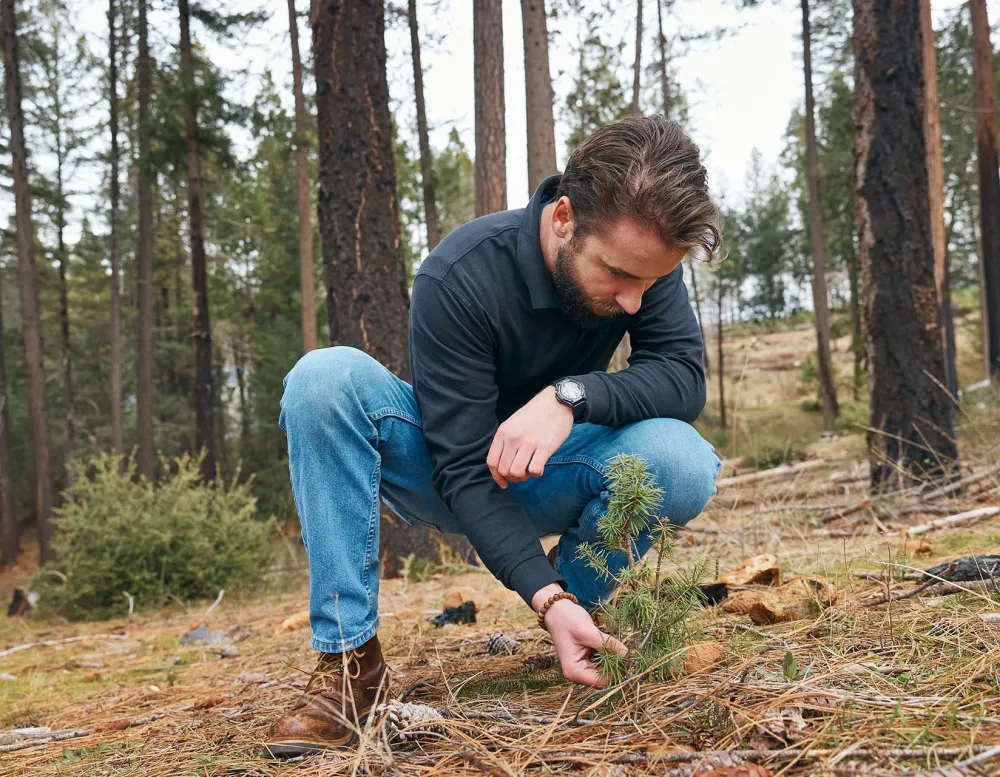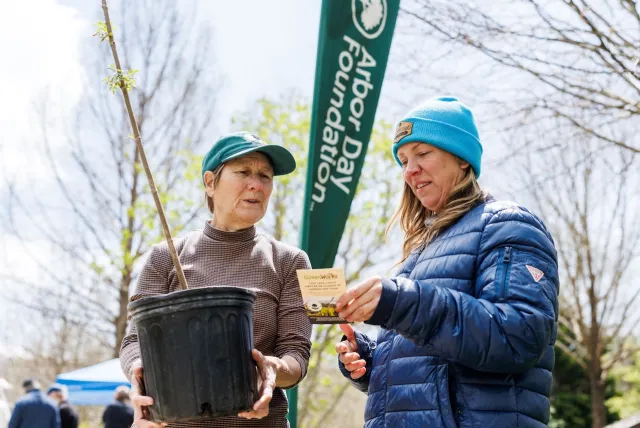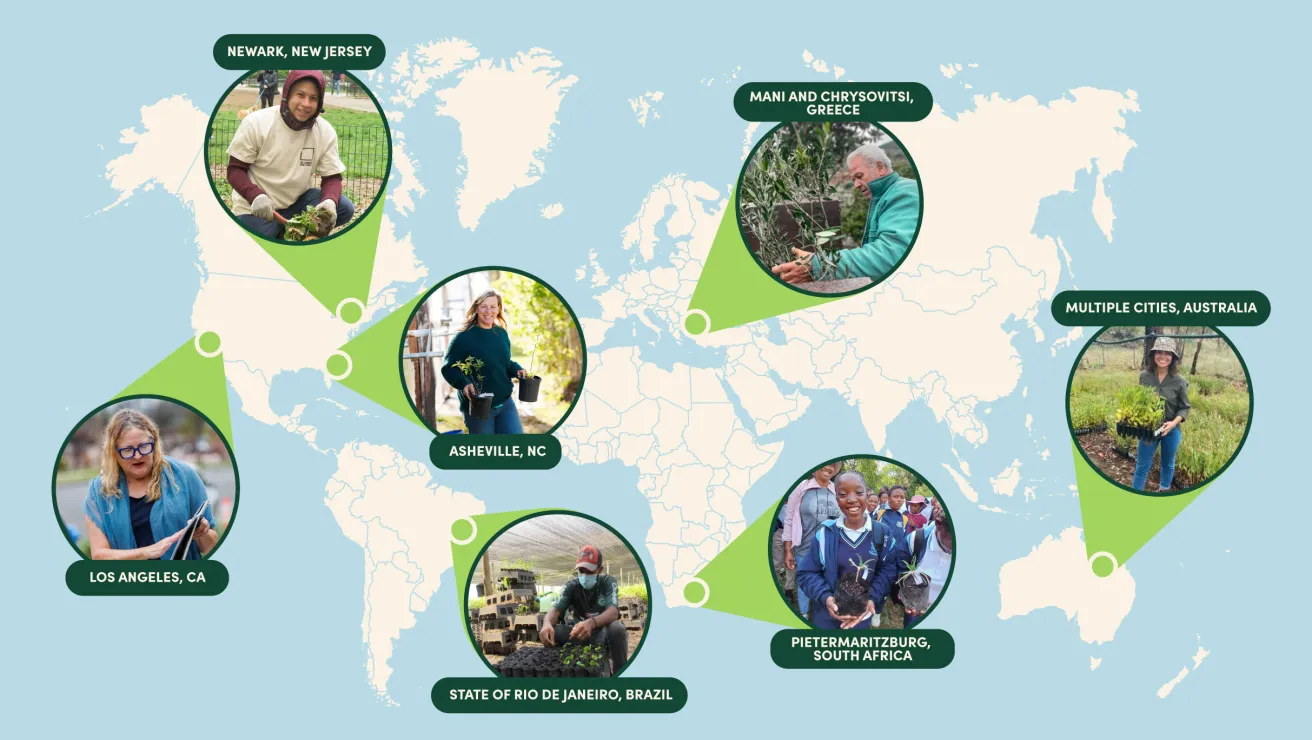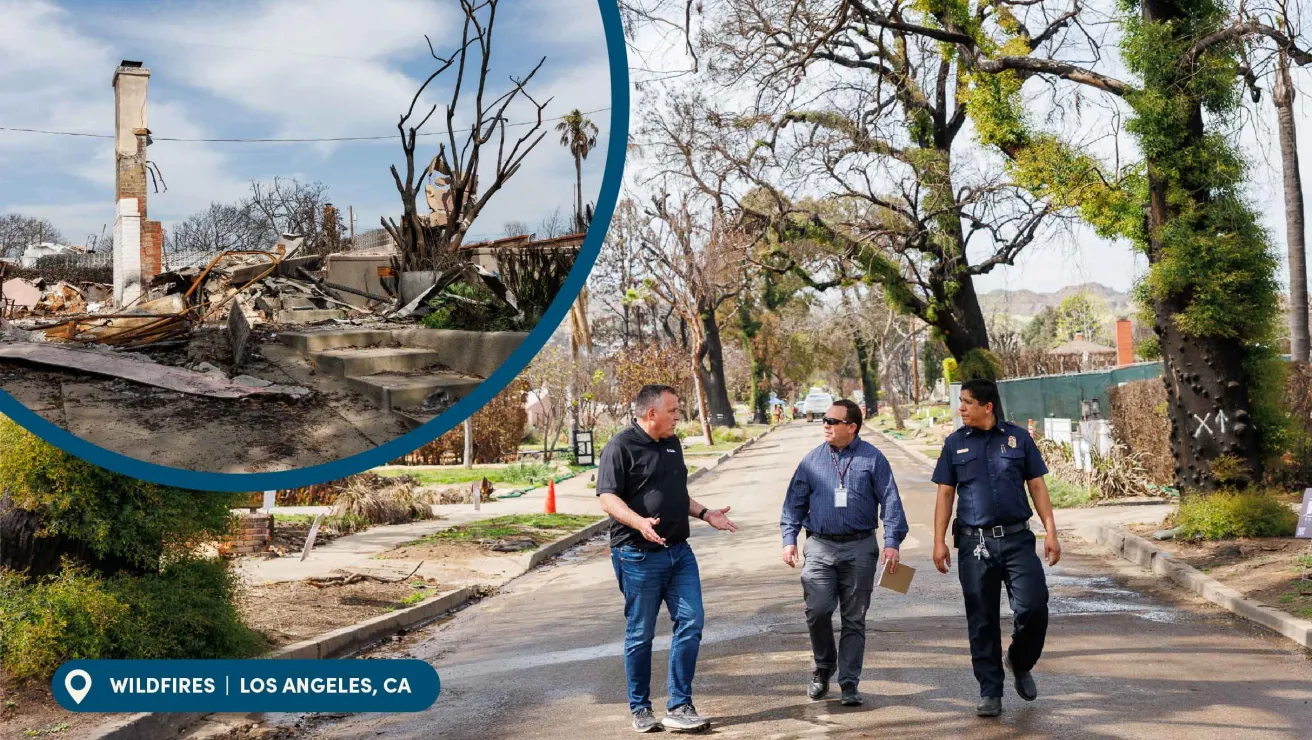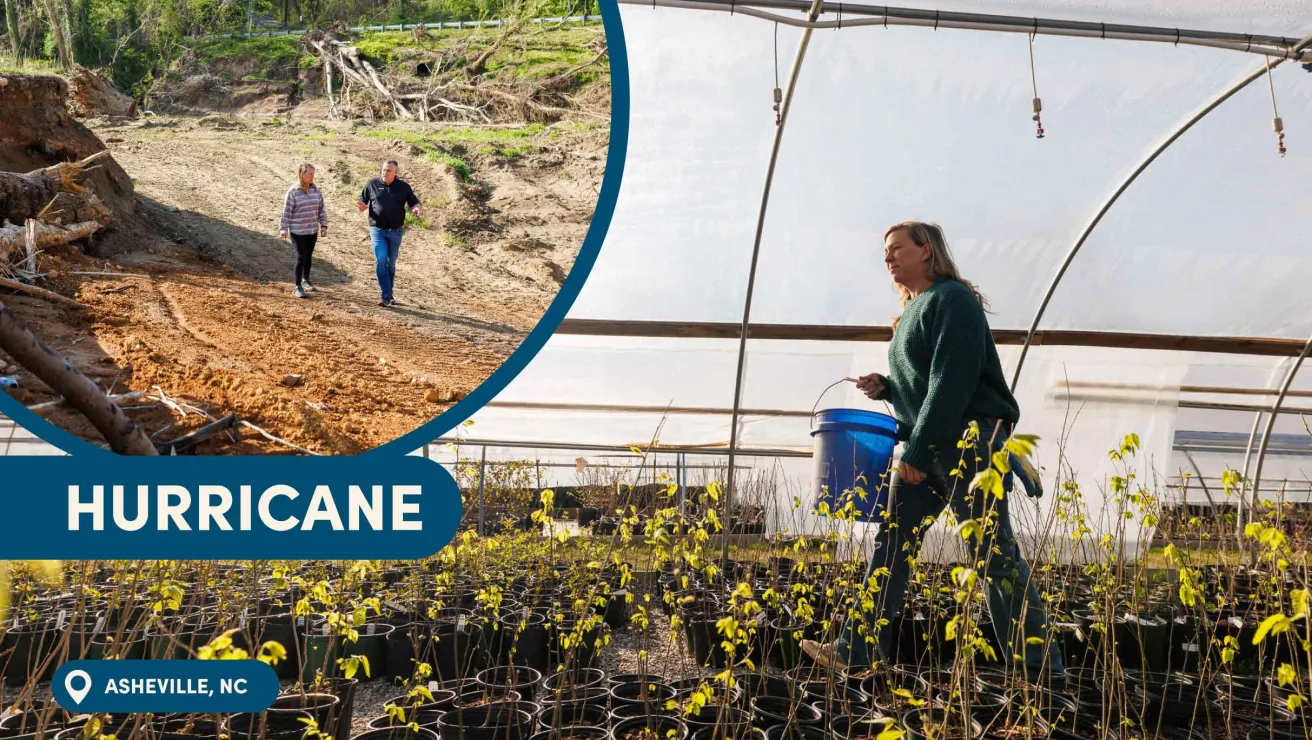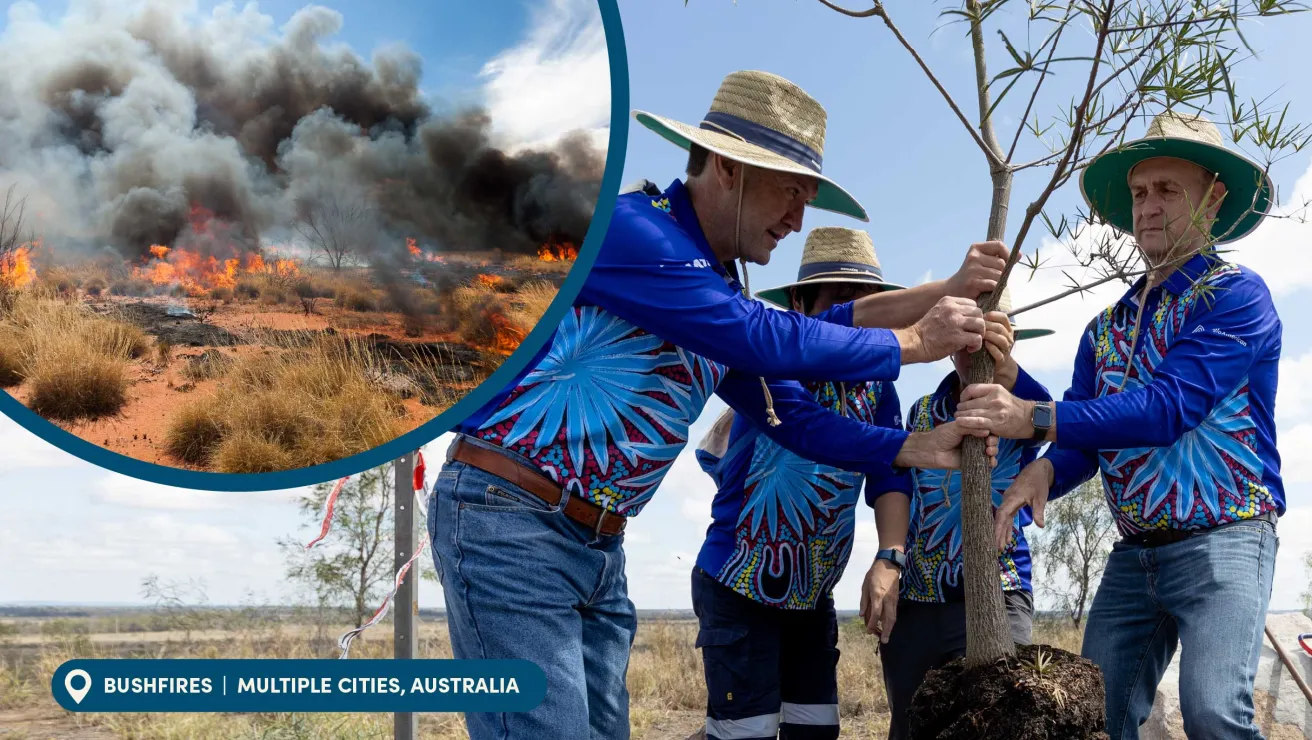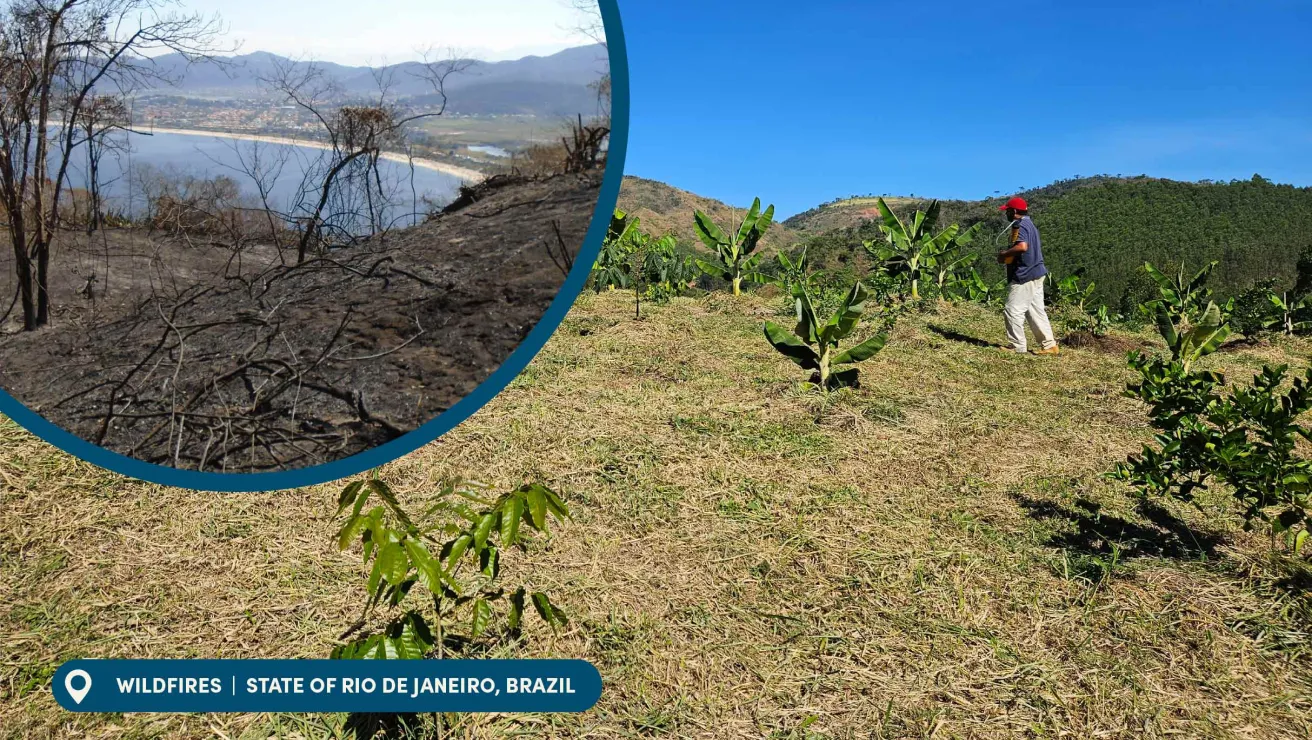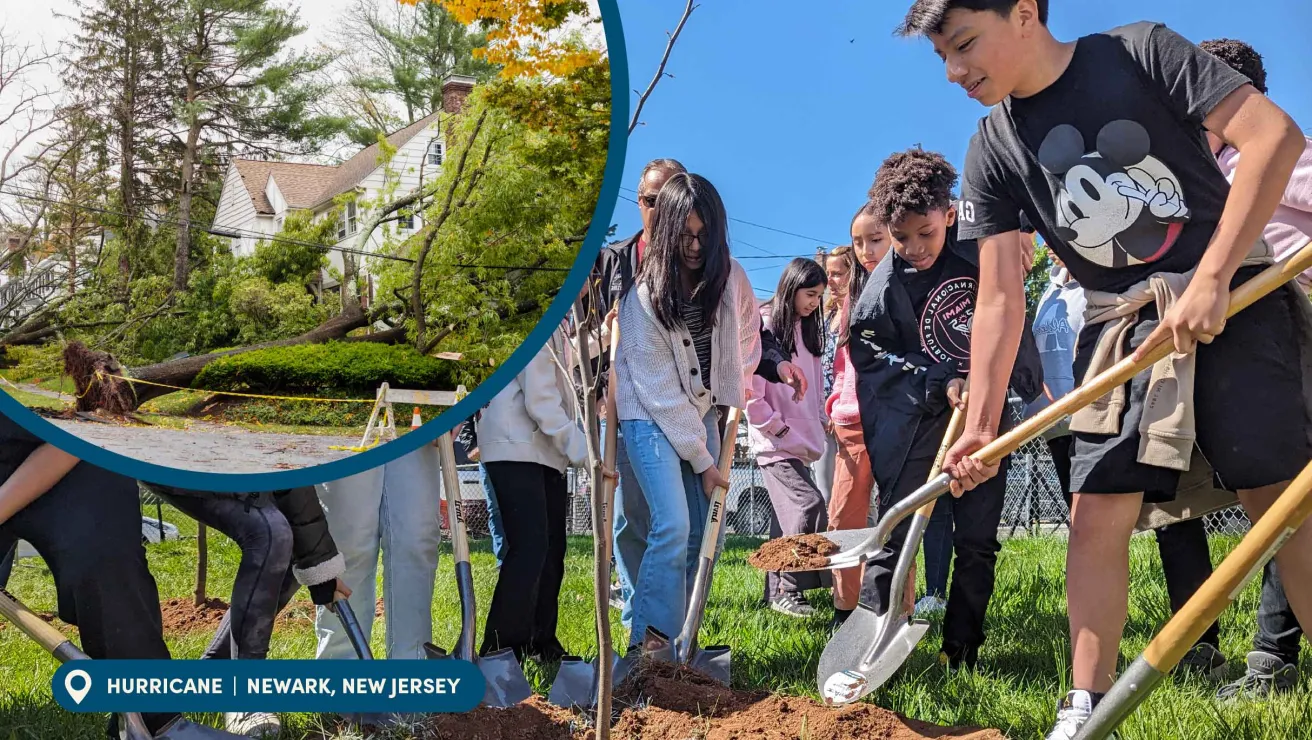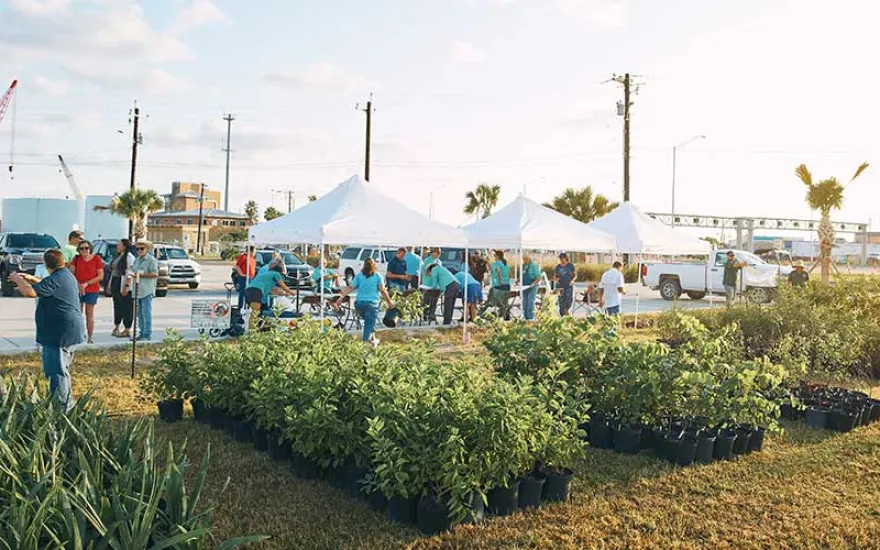Months or decades after a disaster, we're here for good
Behind every disaster, there are thousands of stories of resilience, grit, and putting roots back down in spite of it all. Here are three of them.

Honoring 20 years of recovery in the Lower Ninth Ward
Decades after Hurricane Katrina devastated New Orleans, we’re still planting. Trees here are a vital way to foster community and a sense of home in a city that’s seen so much change.
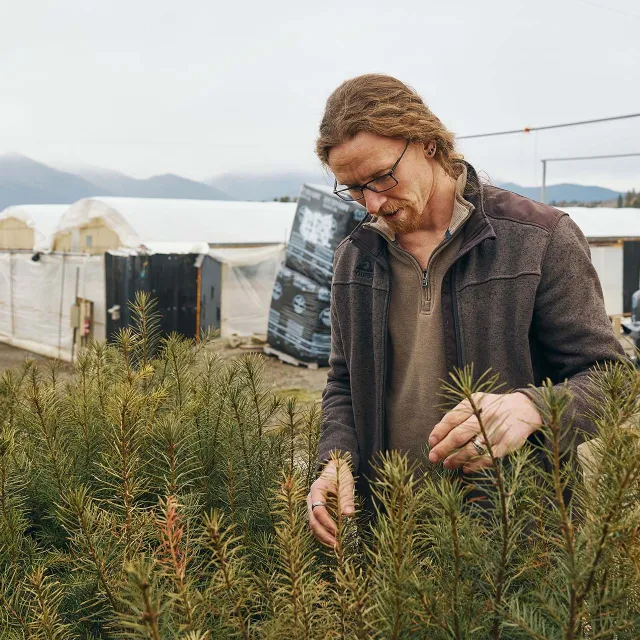
A path forward after California’s deadliest wildfires
Hotter wildfires are reshaping California’s forests and uprooting communities. After the Camp and Carr fires, replanting in communities and forests takes partnership, intention, and a long-term approach.
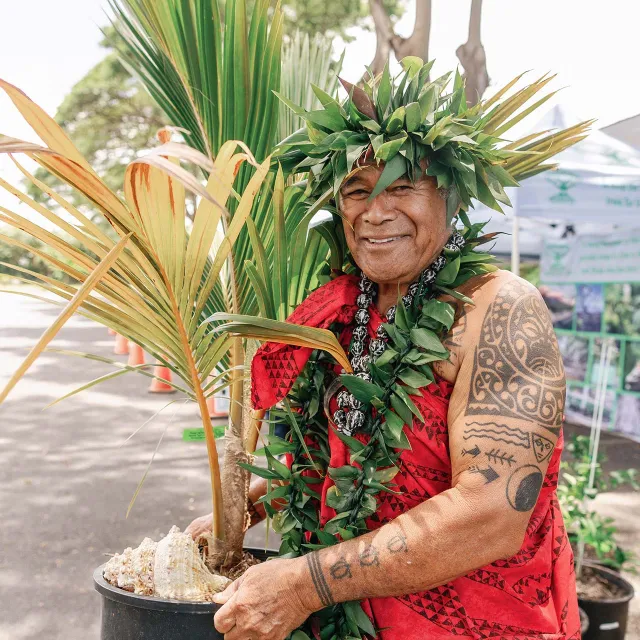
New trees take root in Lahaina, Hawaii, two years after devastating wildfires
Restoring Maui's canopy after brutal wildfires takes a village. Together with corporate partners, local businesses, and organizations, we’re putting fruit trees in the hands of people working to rebuild their community.
How we replant for good
The safety and health of people is the first priority after any disaster. But when communities, forests, and soil are ready, we collaborate to replant trees the right way, no matter how long it takes. Explore our approach to planting for long-term recovery.
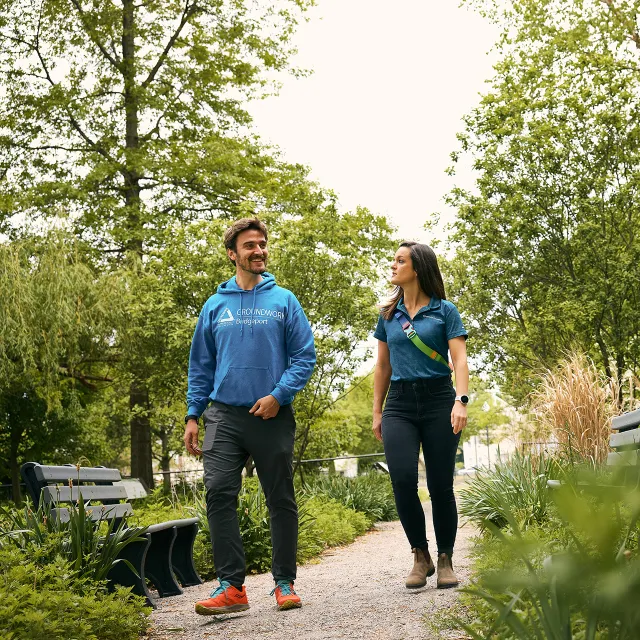
Global Network
We don’t rush to replant, and we never plant alone. Following a disaster, we rely on our global network of local planting partners to assess damage, identify priorities, and chart the best path forward, ensuring our response is informed by the specific and long-term needs of an area. It also means we can work wherever disaster strikes.
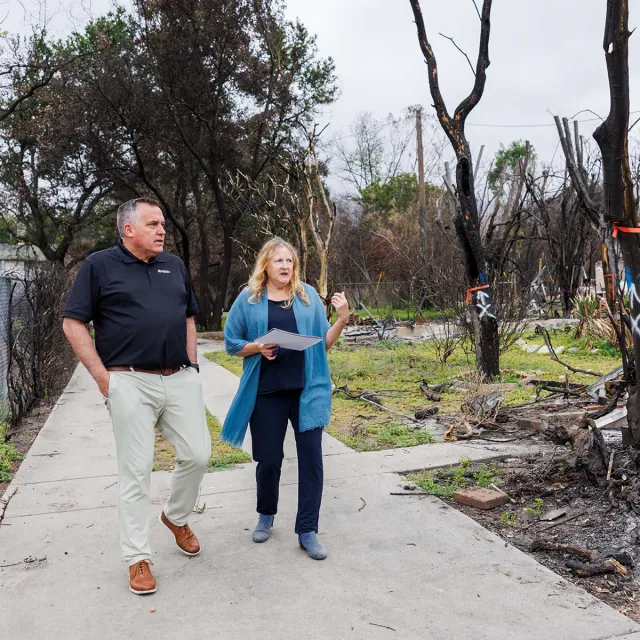
Communicating with Our Partners
We have strong relationships with our planting partners. So when a disaster happens, we stay connected to ensure their safety and begin to assess immediate needs.
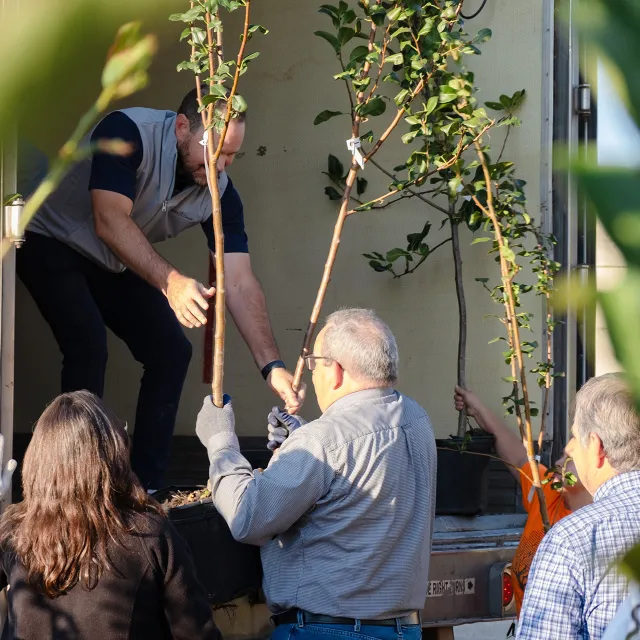
Planning and Preparing
Every disaster and every response is unique. In the weeks and months following a disaster, we collaborate to understand what tree recovery could look like. Then, we connect with supporters, corporate partners, and donors eager to get involved in sustained recovery.
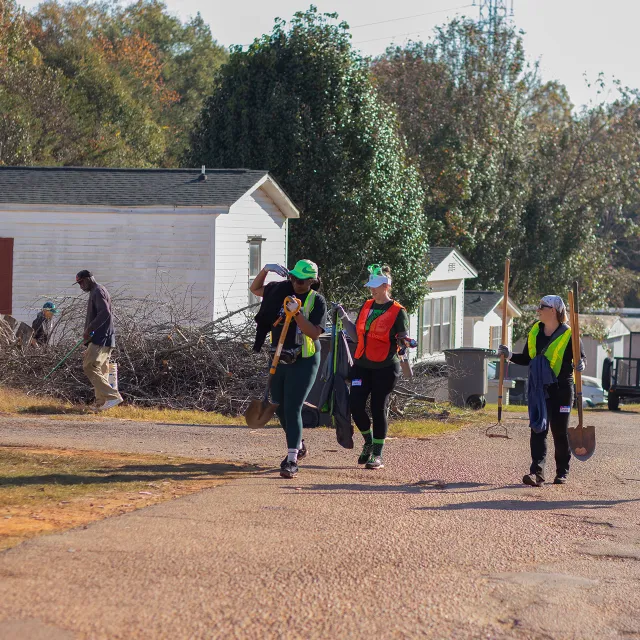
Timing Is Everything
Planting depends on many things — extent of damage to the community or forest, immediate needs, cleanup support, soil health, and more. Sometimes replanting begins soon after a natural disaster, other times, tree recovery may not begin for seasons.

Here for the Long-Haul
Disasters can happen in a day. We replant for lifetimes. That means that we’re committed to recovery for as long as it takes. So whether it's a single planting season or decades from now, we’re here for it all.
Restoring places today and for good
Tree canopy plays a vital role in the health of people and landscapes. So when it’s damaged, it must be replaced. In the past year alone, we’ve responded to disasters around the globe.
130
Total projects in 2024
16
Countries
24
U.S. states
10.8M+
Trees planted for disaster recovery in 2024
How trees rebuild resilience
Trees aren’t just nice to have. They’re necessary tools that need to be replaced as we face increasingly extreme weather.
Preventing erosion and landslides
Trees’ roots hold soil in place, helping mitigate flooding and holding soil in place after heavy rains. A single mature tree can intercept 1,000 gallons of rainwater per year, preventing flooding and mudslides.
Protecting coastlines
Coastal trees like mangroves stabilize shorelines by holding sand and soil in place. They can also act as a buffer against storm surges and high winds.
Supporting water health
Forests are not only responsible for filtering much of our drinking water, they also can reduce flooding in downstream communities by slowing runoff. Trees also filter sediment from our rivers after heavy rains.
Cleaning air
Trees help pull pollutants from the air, including smoke. They filter the air by pulling in CO2 and releasing oxygen, which is especially important in areas experiencing pollution from increased fires.
Regulating temperatures
In cities and towns, established trees can cool streets by more than 10°F, making hotter months safer. In forests, they cool forest floors and rivers to hold moisture in hot, dry months.
Mental and community recovery
When a storm strikes, insurance rarely covers replacing trees. It’s why this work is so important. Trees make our communities stronger and more vibrant, and importantly, restore a sense of home after a disaster.
Help plant 10 million trees after Helene and Milton
In 2024, Hurricanes Helene and Milton devastated communities and forest lands across six U.S. states. We're working to plant millions of trees here over the coming years, and we need your help to make it happen.
Empowering corporations to scale recovery
Responding to increasingly severe and frequent natural disasters takes all of us. That’s why we partner with forward-thinking corporations looking to respond to immediate and long-term recovery needs. Doing this work at a meaningful scale happens when we pair our experience with their ambition.
Responding locally, working globally
We've been involved in recovery efforts for a big range of natural disasters. But the emotional toll of the damage can't be captured by dots on a map. Every tree restoration project means people finding ways to heal.
Related Work
Community Tree Distributions
Resources, tools and support for organizations that want to run tree distribution programs in their community.
Alliance for Community Trees
A vibrant network of organizers growing a better future for their communities from the ground up.
Trees in Forests
Our reforestation efforts plant trees in critical forests around the world to grow a better future for all of us.
Corporate support for disaster response
Talk with us about ways to use trees as tools to restore resilience in communities and forests following a disaster.
